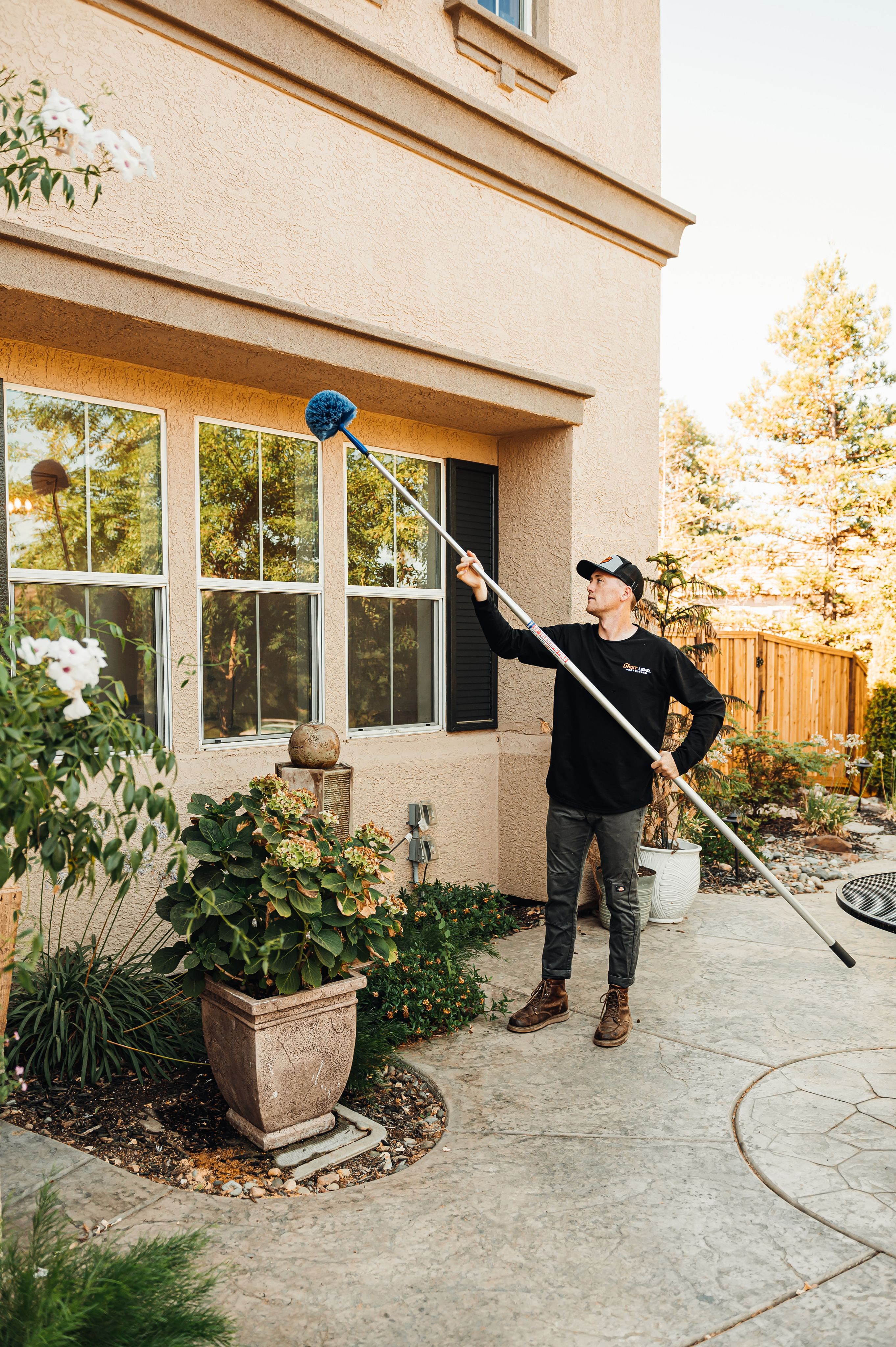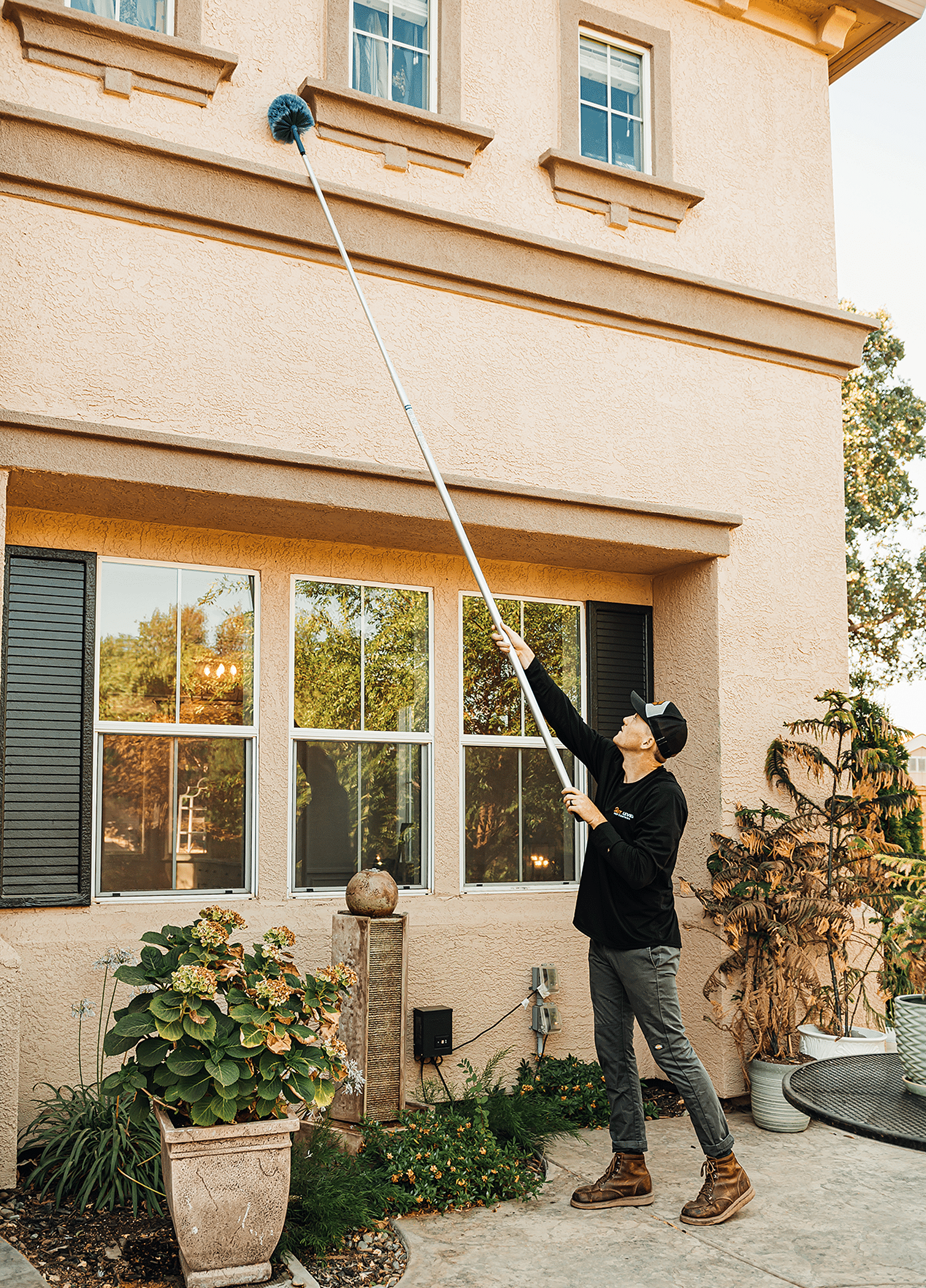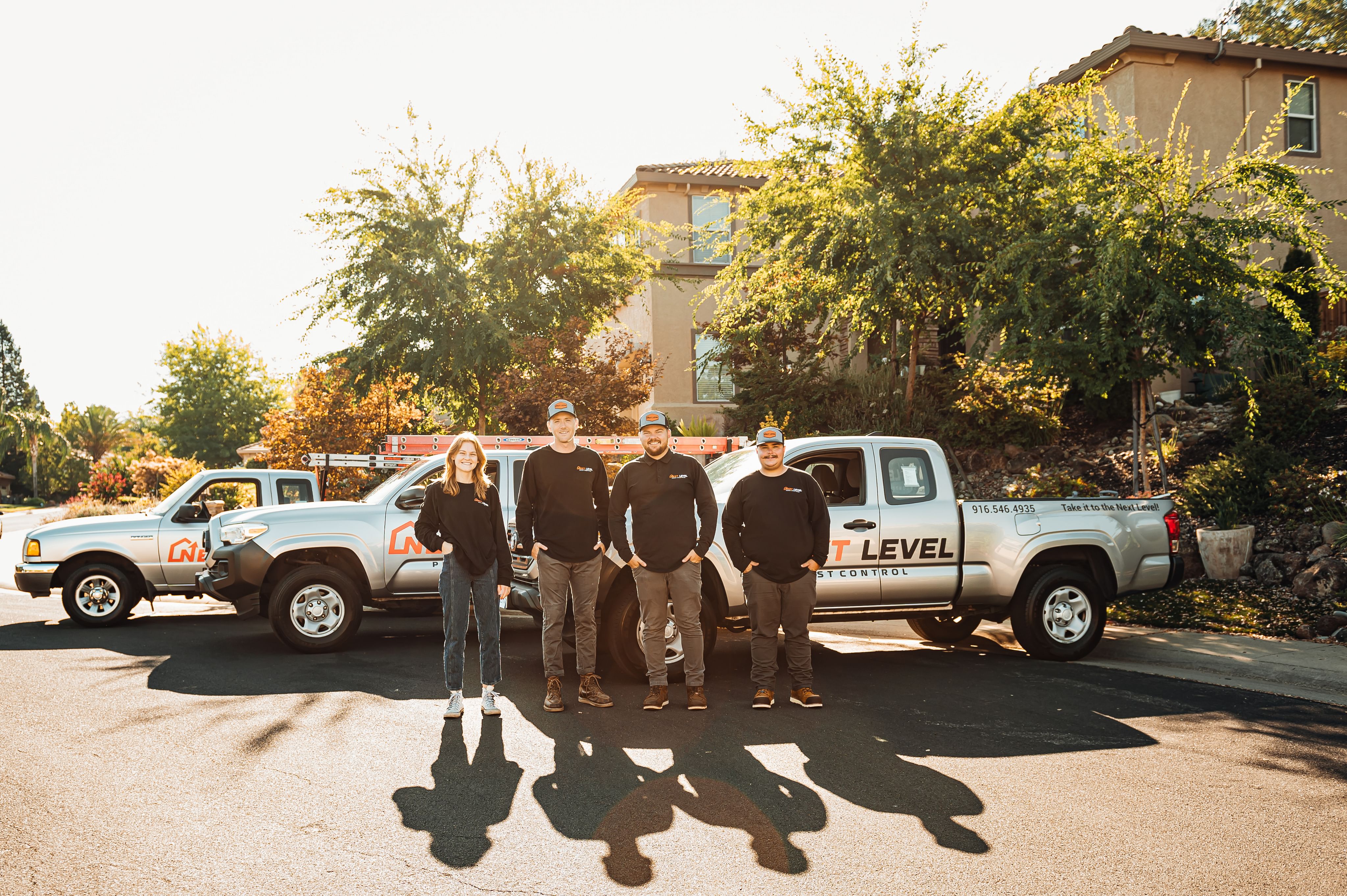
Restaurant Pest Control Services
Clean, pest-free restaurant operations protect your reputation, keep inspectors happy, and help teams move fast without worrying about surprises. Next Level Pest Control delivers restaurant pest control services that fit busy kitchens, integrate with your safety protocols, and document everything for peace of mind.
Why Proactive Hospitality Industry Pest Management Matters
Why Restaurant Pest Control Matters
Every kitchen offers food, moisture, and warmth, which creates ideal conditions for roaches, flies, ants, stored-product pests, and rodents. A single sighting can trigger bad reviews, failed inspections, or wasted inventory. Proactive pest control for restaurants reduces risk by hardening your facility against entry, eliminating active issues, and teaching staff how to spot trouble early.
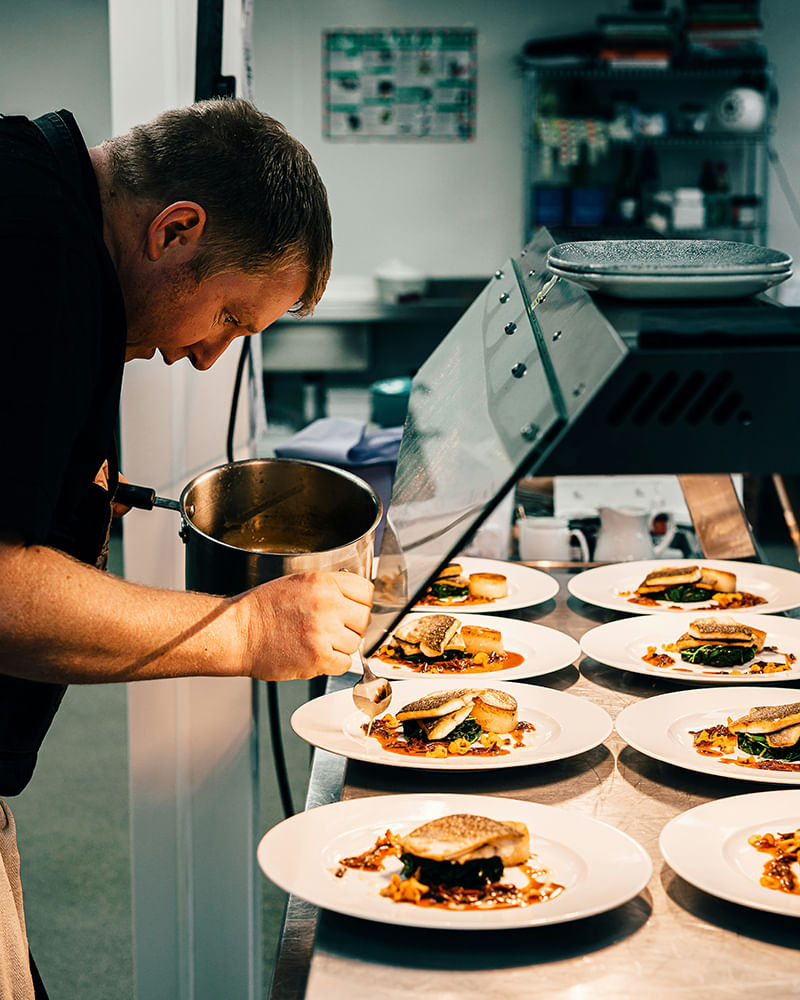

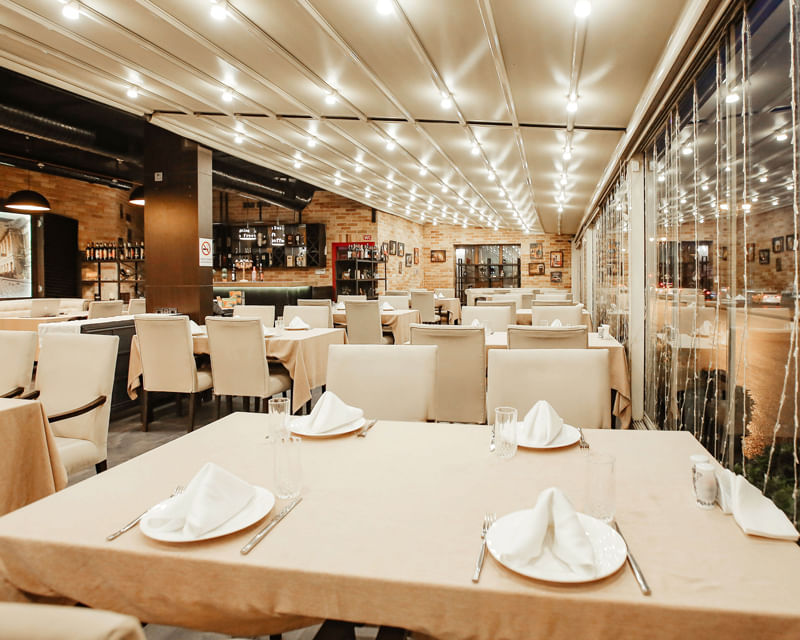
Health Code Compliance Pest Control
Local health codes expect restaurants to maintain sanitary conditions, store ingredients correctly, and prevent pest harborage. Our programs align with common inspection checklists, which means you receive targeted treatments and clear records that support compliance. Technicians track device maps, service logs, product labels, and safety data, which helps managers respond confidently during an inspection.
What Makes Next Level Restaurant Pest Control Different
Restaurants run on timing, which is why our team schedules service around prep windows, line changeovers, and closing routines. Specialists focus on commercial kitchen pest management rather than general residential work, so they understand line layout, drain systems, dish areas, walk-ins, and receiving. Service plans are customized to your concept and building, then refined over time using data from monitors and trend reports.
Pests We Eliminate
Roaches and small flies cause most violations in food service, although rodents and stored-product beetles can cause major losses behind the scenes. Our approach combines fast knockdown for active infestations with long-term prevention that cuts off entry points and food sources. Treatments are chosen for food service environments and applied precisely to minimize disruption.
Our Commercial Kitchen Pest Management Process
We walk the kitchen, bar, storage, roofline, and exterior, noting pressure points and structural gaps.
We recommend practical fixes such as door sweeps, drain maintenance, trash handling improvements, and sealed penetrations.
We apply baits, insect growth regulators, dusts, and non-repellent products where pests travel and nest.
We install traps and monitors, calibrate placement around doors and dock areas, and label everything on a device map.
We log materials, lot numbers, and application zones, then summarize activity by area so you can act quickly.
We train teams on food service pest prevention basics such as closing procedures, spot cleaning, and incoming delivery checks.
We adjust based on data, season, menu changes, and remodels to keep pressure low.
Targeted Treatments for High-Risk Zones
Dish pits, mop sinks, soda lines, and floor drains often drive small fly problems. Grease traps, prep tables, and warm voids behind equipment attract roaches. Exterior dumpsters and loading docks can become staging areas for rodents. Our technicians focus on these zones with precise applications, drain bio-treatments, and exclusion work that reduces conditions pests need to survive.
Monitoring, Documentation, and Staff Training
Service without data turns reactive quickly, which is why we rely on monitoring and recordkeeping that make trends visible. Managers get actionable insights rather than generic notes, which helps the whole team stay aligned.
Flexible Scheduling and Emergency Response
Kitchens cannot pause when guests are waiting, which is why service is available before open, between dayparts, or after close. Emergency calls are prioritized to contain issues fast, then follow-up visits lock in long-term control. Multi-unit groups can coordinate routes for minimal downtime, and independent operators can schedule recurring visits that match their traffic patterns.
Products and Safety Standards
Only products labeled for food service environments are used, and applications are restricted to compliant zones away from food contact surfaces. Technicians follow label directions, use integrated pest management best practices, and document every material by lot and quantity. This approach reduces chemical load while maintaining strong, consistent results.
Industries and Venues We Serve
Full-service dining, quick service restaurants, bakeries, cafes, production kitchens, caterers, and ghost kitchens all rely on consistent pest prevention. Each layout presents unique challenges, which is why programs change based on ventilation, traffic, menu, and equipment. Our experience spans renovated historic spaces and modern buildouts with equal care.
Food Service Pest Prevention That Works
Prevention keeps costs down by reducing callbacks, avoiding product loss, and limiting regulatory risk. Small daily habits such as rotating stock, wiping soda nozzles, and closing entries during deliveries create big results over time. Our team reinforces these habits during service and training, then measures the impact through monitoring and reports.
Receiving and Storage Controls
Many infestations start at the back door with inbound shipments. We recommend quick inspections of flour, grains, produce, and beverage cases during receiving, followed by correct rotation and sealed storage. Pallet spacing off walls and floors helps airflow and prevents hidden harborage.
Sustainability Without Sacrificing Results
Strategic sanitation, physical exclusion, and precise baits or insect growth regulators can lower the need for broad applications. This approach supports internal sustainability goals while keeping outcomes tight and verifiable. Documentation proves what was done, where, and why, which supports corporate and regulatory standards.
Multi-Unit Consistency and Brand Protection
Groups need uniform standards across locations, since one problem store can damage the entire brand. We standardize device mapping, reporting formats, and visit frequency while allowing local adjustments for building quirks. Regional managers gain a single source of truth for pest data, which makes coaching and accountability straightforward.
Pricing and Service Plans
Budgets differ by concept and footprint, which is why pricing reflects risk level, visit cadence, and building complexity. Plans often include an initial corrective phase, followed by a steady maintenance cycle with monitoring, documentation, and periodic refreshes. Clear scopes prevent surprise charges and keep outcomes predictable.
What To Expect During Your First Visit
The first visit focuses on discovery, quick wins, and safety. We identify structural gaps, set immediate controls in problem areas, and confirm any sanitation or storage changes that will accelerate results. Managers receive a concise action list, device map, and schedule for the next service so everyone knows what happens next.
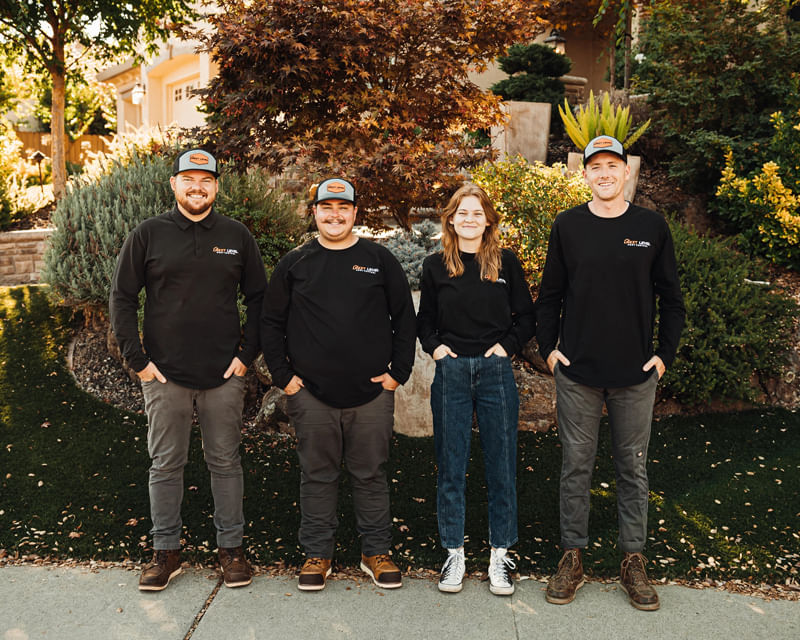
Take Back Your Restaurant from Pests
Reliable commercial kitchen pest management keeps teams confident and guests comfortable, which strengthens reviews and inspection outcomes. Next Level Pest Control offers restaurant pest control services built for the pace of food service, backed by data and delivered with care. Schedule a visit today to protect your reputation, streamline compliance, and lock in food service pest prevention that works shift after shift.

